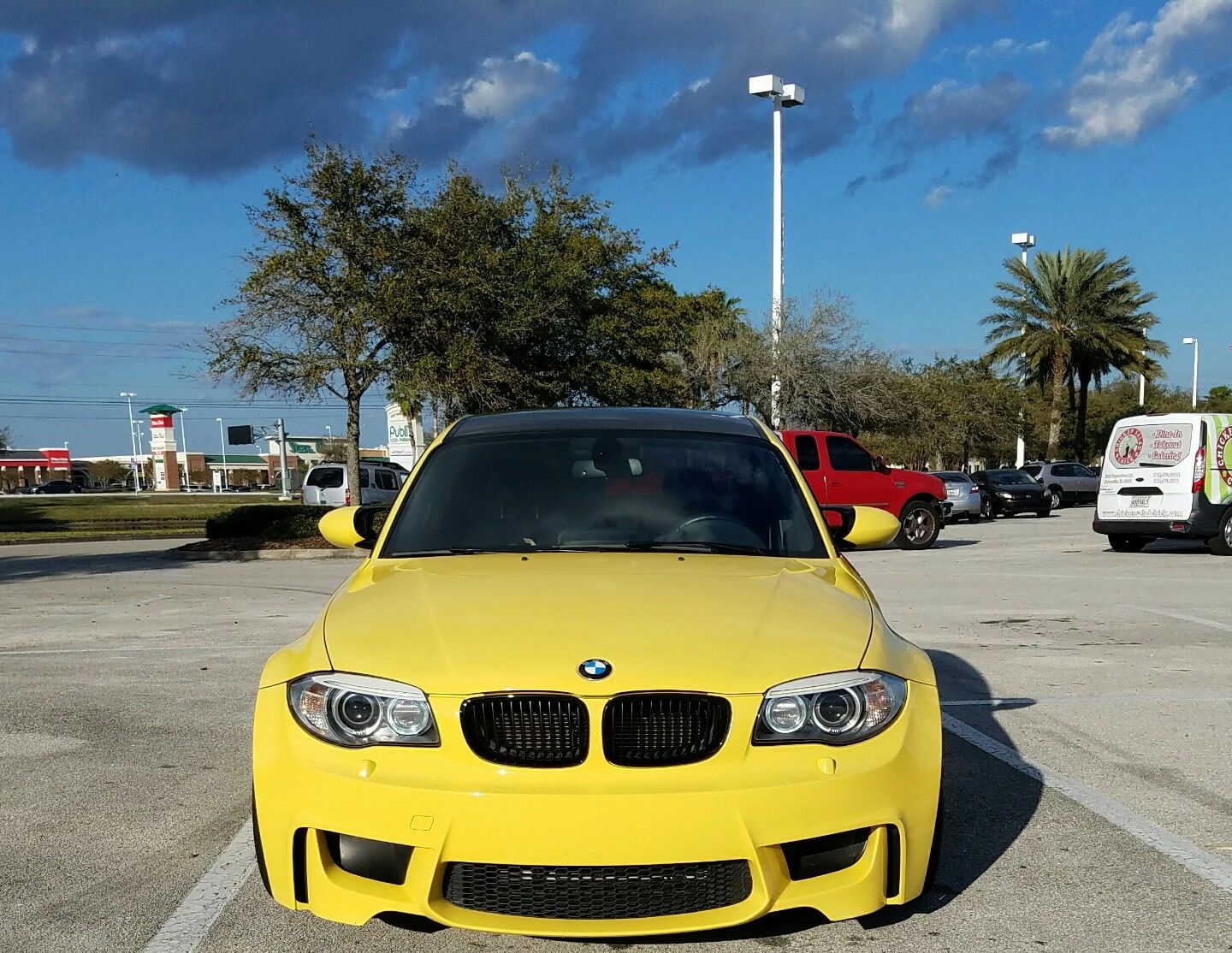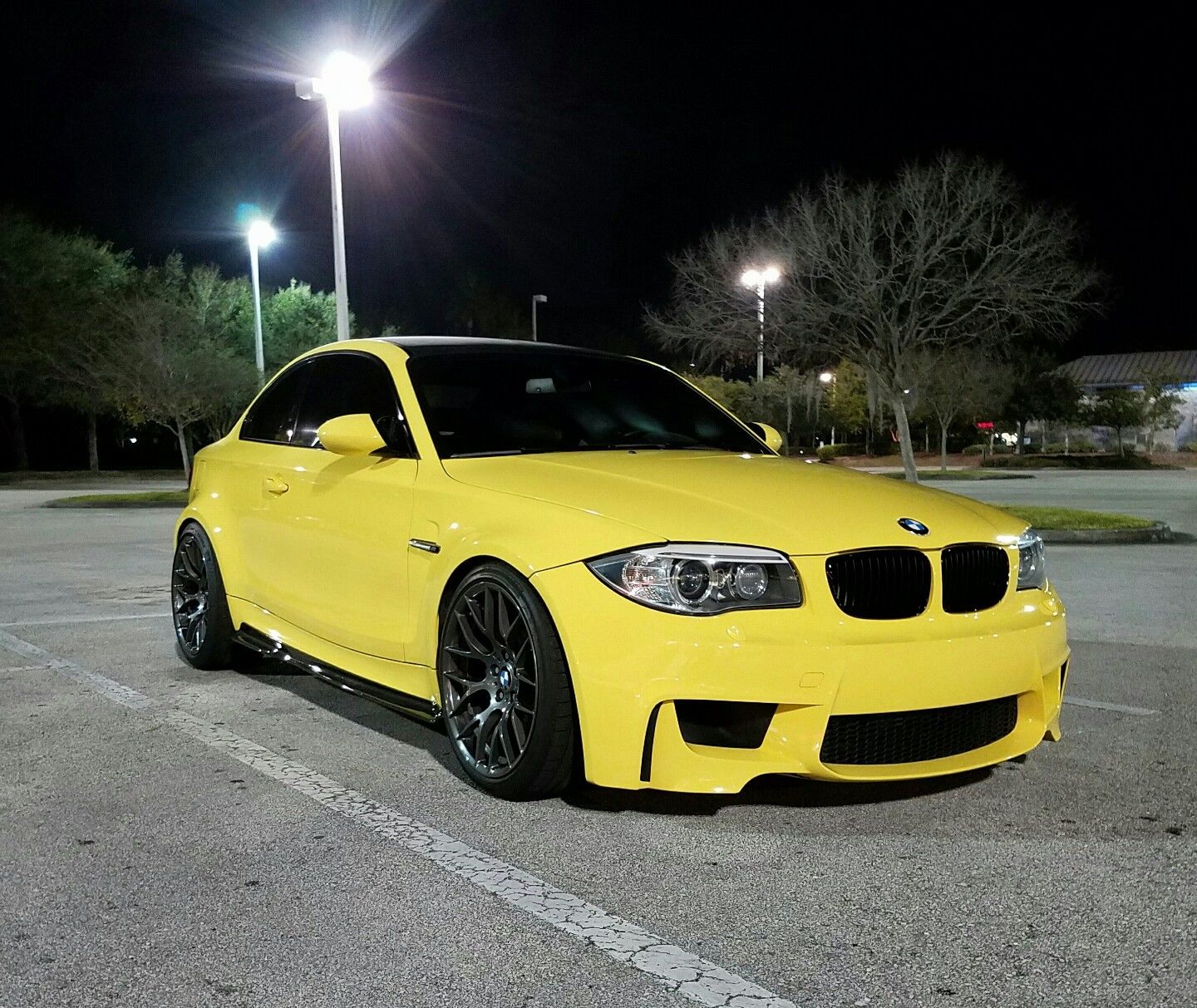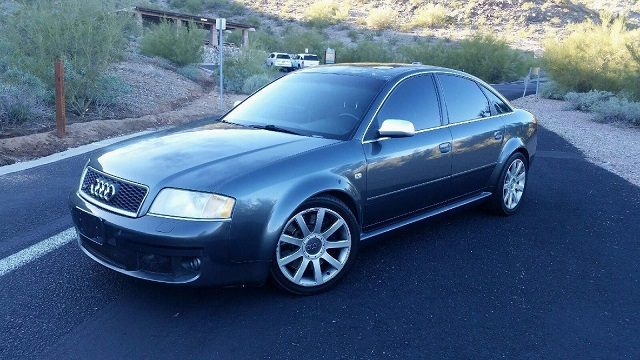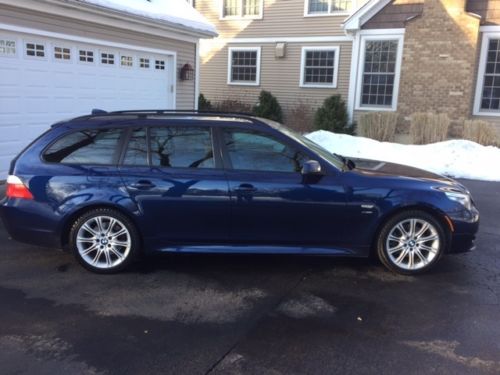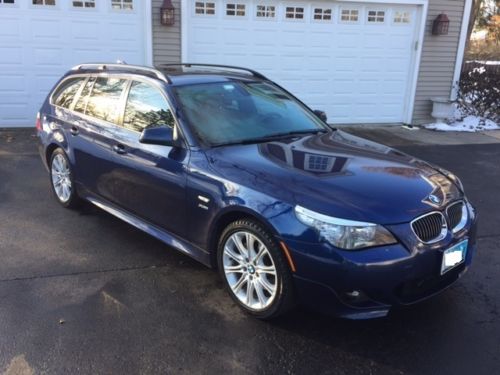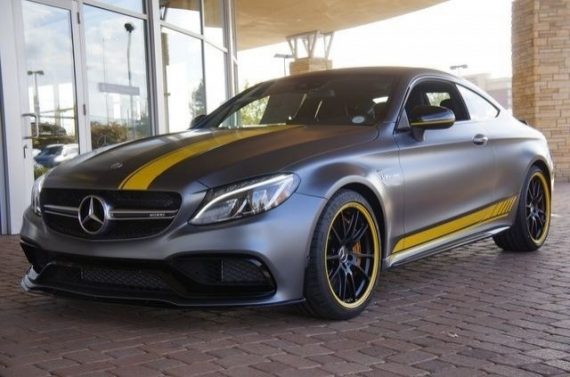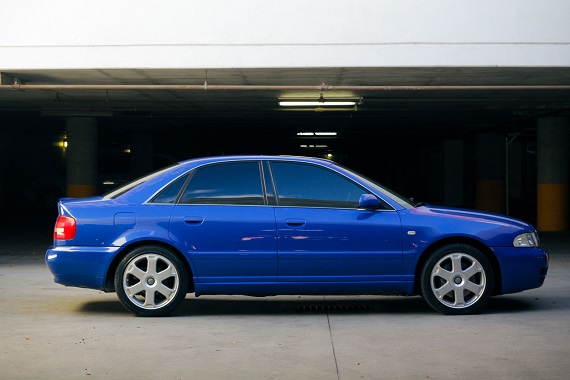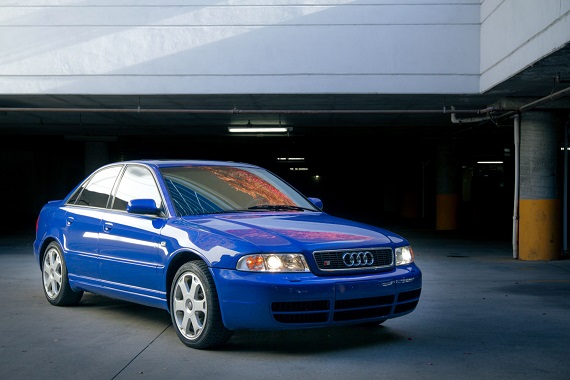I’ve been on a bit of a yellow kick as of late, but even I was surprised when I came upon this BMW 1M. To date, I had not seen a BMW Individual painted 1M Coupe and to spy one in Dakar Yellow seemed especially amazing. Even more amazing was the price; despite only 35,000 miles on the clock, this E87 seemed priced to move at only $50,000 – some $20,000 less than other examples on the market. It was clearly worth a bit of further investigation…
Tag: Twin-Turbo
While BMW’s M5 has been the benchmark for performance sedans since its inception in 1985, there have been plenty of challengers along the way that have really pushed the limits of sedans to new levels. The Lotus Carlton, for example, completely changed what going fast with 4-doors meant in the early 1990s. With twin turbochargers slapped on an otherwise unassuming inline-6, the bespoilered and wide-wheeled Opel packed 377 horsepower and could hit 180 m.p.h. flat out in 1990.
That meant the next generation of super-sedans would have to up their game, and constant brinkmanship ensued; the 3.8 upgrade to the E34 M5 hit 335 horsepower. The 500E packed 322, and Audi’s C4 S6 Plus matched that amount. They were still short of the Lotus, though, and playing catch up. Moving into the late 90s, power levels started to go crazy.
The C5 S6 launched in 1999, now with 335 horsepower. The same year, Mercedes-Benz entered with the E55 AMG at 349 horsepower. But both paled in comparison to the new E39 M5 with 400 horsepower – the undisputed king of super-sedans at the time. That would change in 2002 when Audi’s quattro GmbH launched its newest creation. With help from Cosworth Technologies, the new RS6 sported two turbos on the 4.2 liter V8 seen in the S6. The result was an impressive 450 horsepower driven through all four wheels. Giant wheels filled massive flares, at the front huge gulping intakes fed the intercoolers, and special exhaust and gills popped up everywhere. It was the new super-hero sedan and the result was…well, fast. The limited nature and performance potential of these RS6s have meant they’ve retained greater value than the normal C5 range, though they’ve been in steady decline. Today, we get to test the market on a well used example – where do these C5s sit today?
CLICK FOR DETAILS: 2003 Audi RS6 on eBay
2 CommentsIt’s been a while since I last updated you on the trials and tribulations of E61 ownership. And, there have been a few exciting events which pertain to this car. Some of that comes down to learning about the quirks of ownership. For example, the iDrive system has a habit of notifying you of problems well after they’ve occurred. Like the E46, the E61 utilized the ABS speed sensors to calculate rotation of the wheels to determine if you’ve got a flat tire. So, if you..say…swap wheels and forget to notify the car that you’ve done so, it gets very unhappy (but, not immediately – only a few miles down the road will it tell you something occurred). Navigating the menus to find specific items can be laborious, but with time it gets better and you start to figure it out. But the electronic nannies don’t end there; the “IBS” – Intelligent Battery Sensor – proved to be anything but intelligent, as it malfunctioned and decided that the car shouldn’t start. It took a lot of internet diving to determine that simply unplugging the connector would fix the problem. Of course, that sensor is directly under the drains for the sunroof, which unfortunately seem to have a habit of randomly leaking (and, according to the never-wrong internet, are almost always the cause of the woes with the IBS).
Then there’s the service warning.
Say your 11 year old car uses (read: leaks) a little oil. Fine, no problem, top it up. But the E6x FREAKS OUT that you’ve lost a little oil and basically tells you you’re about to grenade the motor. Except, it doesn’t do this when you first start the car. No, because the N52 carries some 7 quarts of synthetic it waits for the oil to warm up prior to notifying you there’s a problem. And there is no dipstick. So, you have to wait for the car to determine if it has oil, which it will do ONCE YOU REACH YOUR DESTINATION AND DON’T HAVE OIL IN HAND. And then you finally get home, pop open the special BMW oil and it only takes 1/4 of a quart. You’re telling me at 6.75 liters of oil you think the level is “CRITICAL“, car?!?! And there are the parking sensors, which don’t notify you of how close you are to the thing you’re about to hit when you’re pulling up, but when you engage reverse it then, once again, FREAKS OUT that you’re about to roll into something (even if you’re in reverse). And God forbid there be ice or snow covering those sensors, because then the car erupts in what sounds like a nuclear test warning. DUCK AND COVER. DUCK AND COVER!!!!!!
Who the hell designed these systems?
I don’t paint a pretty picture of E6x ownership, but the reality is these are coming-to-terms things. The solutions are simple once you’ve figured them out (which, admittedly can be difficult), and then you’re left to enjoy the great aspects of the car. And great it is. Dynamically, the E61 seems to defy physics. The steering is outstanding, the motor sounds great and the 6-speed automatic is almost always on point. The all-wheel drive is seamless, the seats are hugely comfortable, and the car is quiet, composed and comfortable in almost every situation. It has an awesome cruise control system – by far the best I’ve ever experienced. And it returns a shocking 30+ mpg at 80 m.p.h. average on the highway. Pop it into Sport mode, and suddenly the car is transformed, feeling light, agile and quick on its feet despite the 4,000+ lb curb weight. The brakes are awesome, confidence inspiring and yet not too aggressive, and it was able to swallow an entire bathtub basin with no difficulty. As do-it-all cars go, it’s a compelling option. So let’s take a look at one of the end-of-the-run E61s, turned up a bit over my 530xiT. This is the twin-turbocharged N54 powered 535xi Touring, and this one has the optional (and rare) M-Sport package:
CLICK FOR DETAILS: 2010 BMW 535xi Touring M-Sport on eBay
8 CommentsCircuit Paul Armagnac probably isn’t a name which is familiar with you. It’s not even a particularly famous race track, if I’m honest. But the city where that track is located will be suddenly make sense in the context of this post – Nogaro, France. It was the name of that small city in Southwestern France that was made famous when it replaced the moniker “RS Blue” in Audi’s go-faster lineup. The result was a color synonymous with speed, though few fans of the shade know the origination of the name. Blue was, of course, the racing color of France, so in a departure from the typical country-color orientation, Audi popped the obscure name onto its purpley-blue missiles starting with the B5.
That the tone had previously been assigned only to Audi’s skunkwork quattro GmbH (recently renamed Audi Sport) S6 Plus and RS2 was an indication of the sporting potential of the new S4. Power came from not one, but two KKK turbochargers feeding a 250 horsepower 2.7 liter V6. That power was delivered via a 6-speed manual transmission through all four wheels utilizing a center Torsen differential and rear electronic locking unit. Though the new S4 was neither the first fast Audi nor the first to wear the “S4” badge, it was a departure in that it was the company’s first attempt to really take on the M3 head-to-head. It was comfortable, quiet, and quick in all conditions, and while it may not have been a huge threat to BMWs on the track, in the real world the S4 was arguably a superior car:
